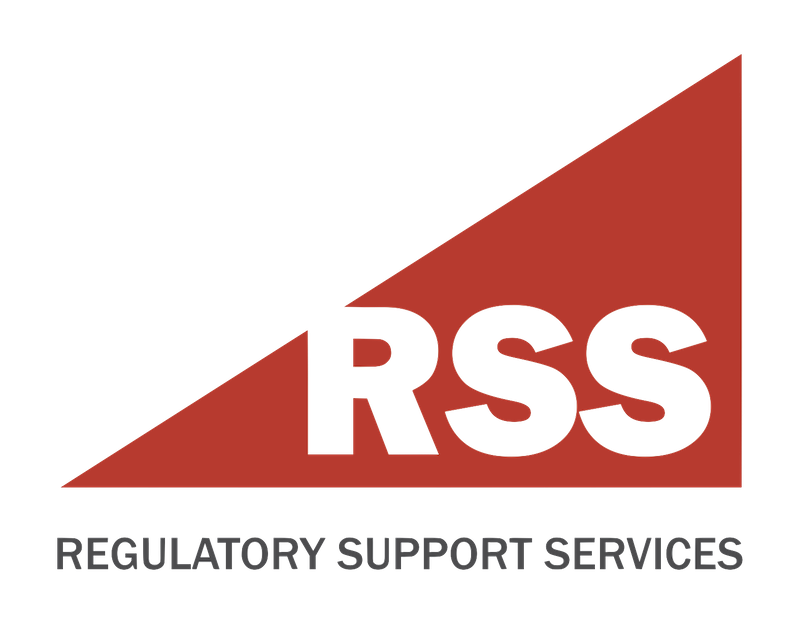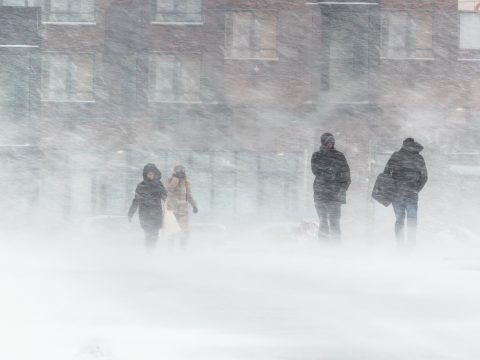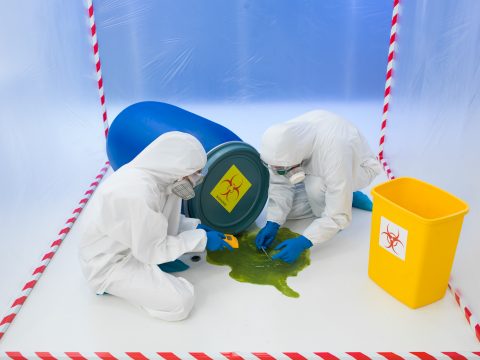- Have any questions?
- 804-784-7347
- mail@regulatorysupportservices.com
10 Resources to Help Your Business Prepare a Flood Preparedness Plan

Updated OSHA Workplace Guidance Aligns with CDC Recommendations
August 20, 2021
How to Comply with HIPAA When Working with Contractors
September 3, 2021Nature is unpredictable. As a business owner, among all the other things you do to prepare for unpredictable events – market shifts, liability risks, human error, and management of client/patient services – one of the most important considerations, is the safety of the people around you.
Currently, floods are occurring all over the United States. If you watch or read the news, you know that the storms are occurring. But what you may not know is when and how they will show up in your location. Today’s technology makes weather prediction far more accurate. But not even technology can make the reality of the experience of a hurricane, tornado, or flood less difficult. The one thing you can do is to prepare. Prepare for the possibility that a storm event may occur at or near your business location.
Below are listed 10 resources you should make use of to develop a flood preparedness plan for your business. These resources will help prepare your business for flooding and other disasters which may occur in the event of a flood.
- What You Can Do Ahead of Time: Things to consider doing ahead of time if you know that your business is at high risk for flooding include:
- Secure or protect any hazards in your business before the flood strikes.
- Be prepared to turn off electrical power when there is standing water, fallen power lines, or before you evacuate. Turn off gas and water supplies before you evacuate. Secure structurally unstable building materials.
- Buy a fire extinguisher if you don’t already have one. Make sure your staff knows where it is and how to use it.
- Buy and install sump pumps with back-up power.
- Have a licensed electrician raise electric components (switches, sockets, circuit breakers and wiring) at least 12″ above your business’s projected flood elevation.
- install backflow valves or plugs for drains, toilets, and other sewer connections to prevent floodwaters from entering
- Anchor fuel tanks which can cause contamination if torn free. An unanchored tank outside can be swept downstream and damage other property.
Refer to the Centers for Disease Control and Prevention (CDC) recommendations for flood preparedness. This resource is a comprehensive and covers a wide range of flood-related topics.
- Have an Evacuation Plan in Place: The Occupational Safety and Health Administration (OSHA) states that having an evacuation plan in place before a flood occurs can help avoid confusion and prevent injuries and property damage. According to OSHA, a thorough evacuation plan should include:
- Conditions that will activate the plan
- Chain of command
- Emergency functions and who will perform them
- Specific evacuation procedures, including routes and exits
- Procedures for accounting for personnel, customers, and visitors
- Equipment for personnel
- Review the plan with employees
- Where to Access Severe Weather Information: Be aware that The National Oceanic and Atmospheric Administration (NOAA) provides information to the public related to all severe weather events in the United States through its Weather Radio All Hazards (NWR). NOAA Weather Radio All Hazards (NWR) is a nationwide network of radio stations broadcasting continuous weather information directly from the nearest National Weather Service office. NWR broadcasts official Weather Service warnings, watches, forecasts, and other hazard information 24 hours a day, 7 days a week.
- Response and Recovery: In the aftermath of a flood, workers may be involved in a variety of response and recovery operations. OSHA provides general guidelines that may be applicable to workers involved in assessing and/or cleaning up the damage to the business location.
- Toxic Chemicals and Sewage: Flooding can cause the disruption of water purification and sewage disposal systems, overflowing of toxic waste sites, and dislodging of chemicals previously stored above ground. Refer to this guide to develop protocols which apply to your business.
- Reentering Your Place of Business After a Flood: The CDC offers a guide for reentering your home after a flood which is equally applicable to businesses. It emphasizes that the structure may be contaminated with mold or sewage which can cause health risks. The guide provides ways to manage the potential health risks.
- How to Deal with Mold: Flood and water damage inside a building can result in mold which can be extremely dangerous. OSHA provides a fact sheet which addresses mold hazards during disaster cleanup and provides information to support a mold mitigation plan.
- Electrical Hazards: Downed or low hanging electrical wires are extremely dangerous. OSHA provides a guide to help you understand how to safely manage the dangers of downed electrical wires.
- Driving Precautions When Flood Waters Appear: Do not drive and instruct your employees or others in your business not to drive through standing water on the road. The U.S. weather service has provided a video which makes this point in a very strong way.
- Regulatory Support Services : A life saved is worth the time invested in developing your flood preparedness plan. If you need assistance in preparing a plan, Regulatory Support Services can help you develop a weather preparedness plan which is customized to fit your business requirements. Contact us by email ( mail@regulatorysupportservices.com ) or by providing us with your questions and we will respond to you within 24 hours to set a time to consult with you and provide answers.
Access these resources to get started or to enhance the plan that you already have in place. OSHA has underscored the fact that employers are required to protect workers from the anticipated hazards associated with a flood. As we are in the midst of hurricane season, now it a good time to review your plans and train your staff to take the appropriate safety measures.




